
Even though there is already a topic about what is known to be as the ‘milestone in the history of ballet’, which I’ve already shared the first two drawings from 2019, but I never did like a full topic on it, as well as sharing more drawings. So today, I thought it would share a full topic and more artwork drawings of one of the signature ballets created by George Balanchine, and one of New York City Ballet’s repertory, and that is Serenade.
I’m so excited to take you all in a magical ride on today’s post at The Autistic Animator’s Desk, because not only do you get to see four drawings of Serenade for the first time, it’s also to honor the 90th anniversary celebration for the School of American Ballet, the official ballet school of New York City Ballet, and what’s special about this post, in honor of the school’s 90th-year anniversary is that Serenade was the very first ballet performance that Balanchine created in the United States since 1934. Before you can dive into looking at my Serenade drawings, I felt that it’s important to share the history of the School of American Ballet, and along with it, you’ll get to learn the history of the ballet itself with information from New York City Ballet’s website, Wikipedia, and my textbook copy of Viviana Durante’s Ballet: The Definitive Illustrated Story. So, sit back, relax, and let’s go back in time to ninety years ago to learn the story! 📖
🩰 The History of the School of American Ballet 🩰
The School of American Ballet (SAB) was first founded in 1934 by the three leading men: George Balanchine, Lincoln Kirstein, and Edward Warburg. It was three months after Balanchine arrived in the U.S. for the first time, right after he was asked by Lincoln Kirstein to come to New York and open up the very first American ballet company. Balanchine accepts it, but adds to Kirstein, in these words: “But first, a school.” And finally, the School of American Ballet was born, and the first ballet Balanchine begin to choreograph was Serenade.
Serenade has no plot, except it has four movements, such as ‘Sonatina’, ‘Waltz’, ‘Russian Dance’ (Tema Russo), and ‘Elegy’. The choreography is lead from the music piece Serenade for Strings in C, Op. 48 by Pyotr Ilyich Tchaikovsky. Balanchine choreographed this ballet to teach the students on how to learn stage technique and stage performance in class. This ballet contains about seventeen women in the first class, and they would be place in diagonal lines. Then, about nine ballerinas come into the second class, and six in the third class. Whenever a dancer is there in the class, Balanchine would work with one of them, even if one ballerina comes in late and another falls in. The ballet was first performed by the SAB students in the Warburg Estate in White Plain, New York on June 10th, 1934, and nearly a year later, Serenade made its official premiere by American Ballet on March 1st, 1935, at Adelphi Theater in New York.
I first saw Serenade from watching the PBS program one night called Great Performances, and the episode is titled New York City Ballet in Madrid on TV last October. The company was performing three ballets in Madrid, Spain: two Balanchine ballets and one Justin Peck ballet. Two ballets by George Balanchine the company performed were Serenade and Square Dance, and one ballet by Justin Peck is The Times are Racing. The first ballet they performed was Serenade, and I think it featured principal ballerina Indiana Woodward as one of the leads. I liked it. It’s very abstract, which is part of Balanchine’s style in his choreography, even combining with classical music pieces he would use, but it was also beautiful and interesting. It was also my very first time watching Square Dance, which I’ve heard of it, and it featured one of my favorite ballerinas, Megan Fairchild dancing the lead with Anthony Huxley, and then, I got to watch a Justin Peck ballet for the first time, and Justin Peck is one of the leading choreographers for New York City Ballet. I watched the ballet again last month, in preparing for this topic, but a different version, and it was filmed in 1990, and it has ballerinas Darci Kistler and Kyra Nicholas, three years before they both starred in the theatrical film of George Balanchine’s The Nutcracker (1993) with Maclaury Culkin.
As mentioned from the very beginning, I only did couple of the first drawings: one focuses on the jump waltz and the second was on the port da bra movement. So, what you are about to see for the new drawings in this year is a better look and a bit more realistic design, but more importantly, keeping the Balanchine look. They were drawn on Autodesk SketchBook in digital drawing medium at 1420 x 1080.
Before getting started on doing the drawings, the first thing I had to work on was the color scheme chart. If you go back and take a look at the first two Serenade drawings, which you can find the topic in the link, you’ll noticed the costume and tutu were colored more periwinkle than having the ocean blue color. And so, it was very important for me to bring in the ocean blue color to the main drawings for the ballerinas, just like how the costumes are looked, designed by Barbara Karinska for the 1952 performance. Of course, the costume and tutus have to be identical, as worn by the three lead ballerinas and corps de ballet. For the top, I made the color a bit bright, whereas I darken a bit on the tutu, but the important thing was to keep the costume and tutu in the very same color.
You can also see the color scheme for the men’s costume, skin tone, and hair color.
🎨 Color Scheme Chart & Model Drawing 🎨

Once the color scheme was finished, the last step was to do a color model drawing, meaning by drawing the lead ballerina in the Serenade costume and tutu, and paint it in color, so the cartoonist/artist would see what it’ll look like in his or her animation style.

After seeing that in color, especially seeing the ocean-blue color on the costume, it looked so much better than the first drawings. However, the periwinkle color can be used as for shadows around the top to bits on the tutu, because during the ballet, from the beginning to the end, the dancers are surrounded by the beautiful blue light. The images from Google were used as reference, so I can draw the poses from Balanchine’s choreography for each drawing.
And now, within further ado, it’s time to check out the four main drawings of George Balanchine’s Serenade!
Serenade Artwork 1 (Corps de Ballet)

The first two drawings I started with are the corps de ballet pieces in Serenade. This first drawing here shows the opening of the ballet (‘Sonatina’ movement) with the corps de ballet surrounded in beautiful blue light, as they’re covered in mystic dark blue shadows. Finished on February 15th, 2024.
Serenade Artwork 2 (Corps de Ballet)
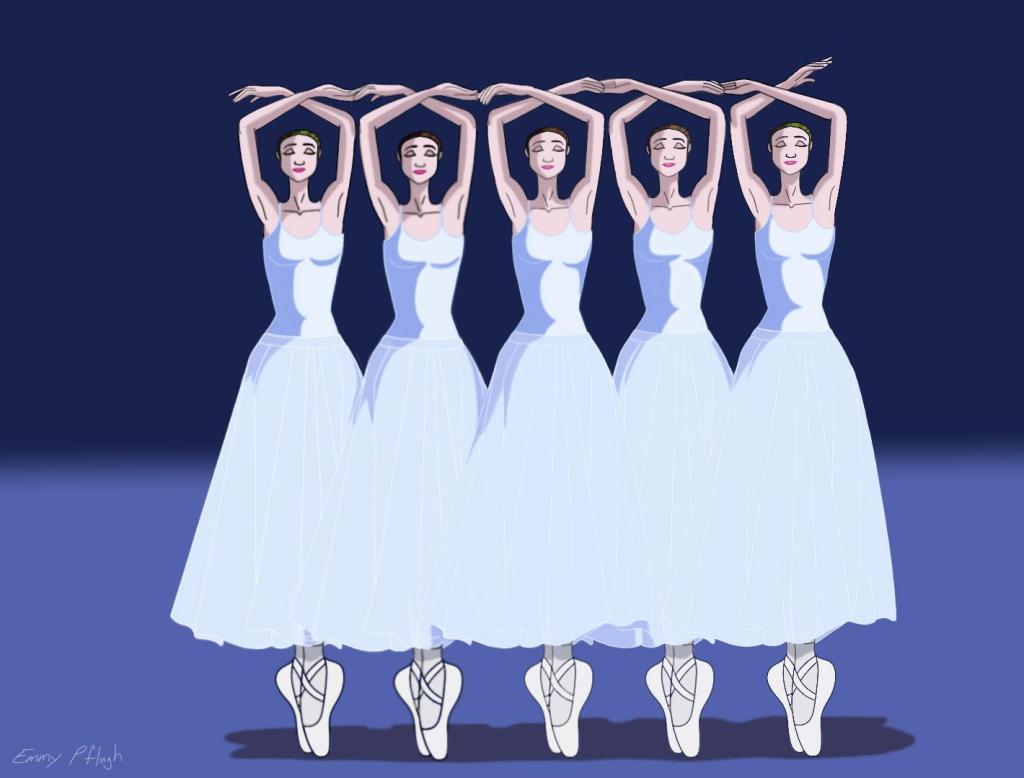
Second piece shows five ballerinas coming altogether, while they intertwined their hands together. Although it was a difficult drawing I worked on, but luckily, Autodesk SketchBook has copy and paste section that you can do copying and pasting the very same drawing, which helps saving time. Finished on February 20th, 2024.
Serenade Artwork 3 (Principal Ballerina Waltz)

Third drawing shows one of the principal ballerinas in Serenade dancing in the ‘Waltz’ movement. Finished on February 23rd, 2024.
Serenade Artwork 4 (Dark Angel Excerpt)

And finally, this drawing illustrates the ‘Dark Angel’ excerpt in the ballet. As you can see, two principal ballerinas have their long hair down, and they’re partnered by the male principal dancer, dressed in blue. Finished on February 22nd, 2024.
The entire drawing project of Serenade was finished on February 23rd, 2024. It was not an easy project, but overall, I enjoyed working on the drawings, and see a Balanchine ballet illustrated in my 2D animation look. I wonder how would Mr. B react seeing his ballet piece turning into something animated, if he were alive today?
And there you have it! This concludes a fun ballet-theme month, and I hope you all enjoyed seeing and reading all of the three topics on ballet, from Swan Lake to Serenade. As a reminder, there will be no Watercolor of the Month topics, for I’m taking a break of it. But I am very excited to share new upcoming Autism Acceptance Month topics coming up in April, so that’ll be fun. If you don’t want to miss any of latest posts, please feel free to subscribe here at The Autistic Animator’s Desk, and I’m on Instagram @emmypflugh and Facebook @EmmyPflugh, and I have a YouTube channel, where you can check out and watch any of my rough animation tests. Also, please check out New York City Ballet’s podcast called City Ballet The Podcast in the link below! It’s a great podcast! Also, to remind you all, I’m still taking a break with Watercolor of the Month topics, so there will be no Watercolor of the Month for this month. But if you haven’t seen one for last February, you can find it here on this blog.
Happy 90 Years to School of American Ballet! Keep inspire students to dance ballet and Balanchine’s legacy alive! 🎭✨
Art Gallery





“First comes the sweat. Then comes the beauty if you’re very lucky and have said your prayers.” – George Balanchine
Link:
- Serenade (First Two Drawings)
- Serenade Info (ncyballet.com): https://www.nycballet.com/discover/ballet-repertory/serenade/
- Clip of NYCB’s Serenade (from Great Performances): https://www.youtube.com/watch?v=V-uYelQBSj8
- City Ballet The Podcast: https://podcast.nycballet.com/
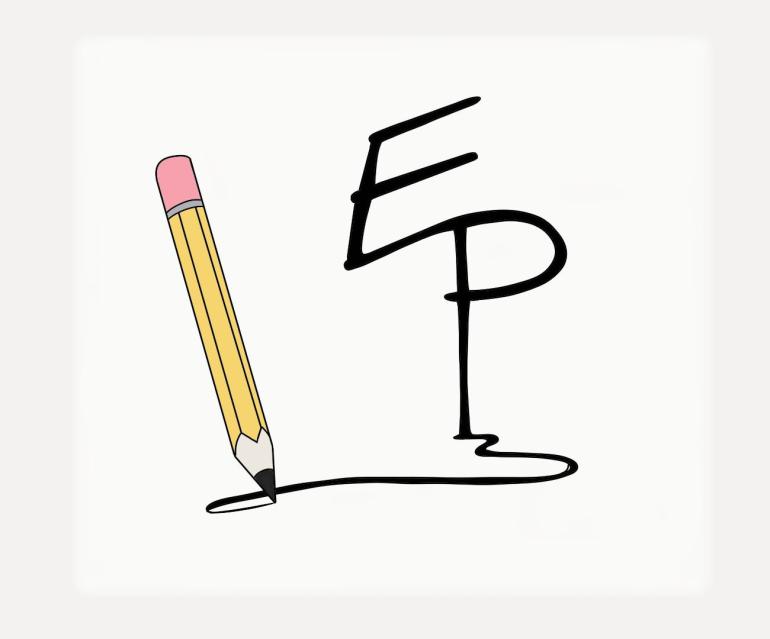
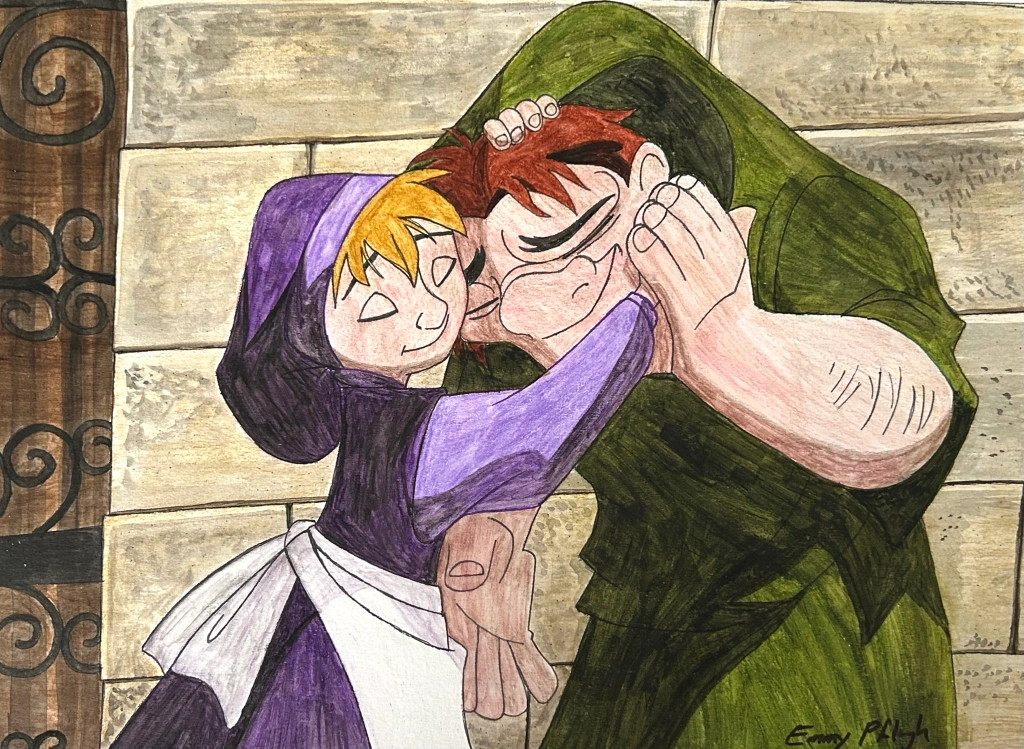
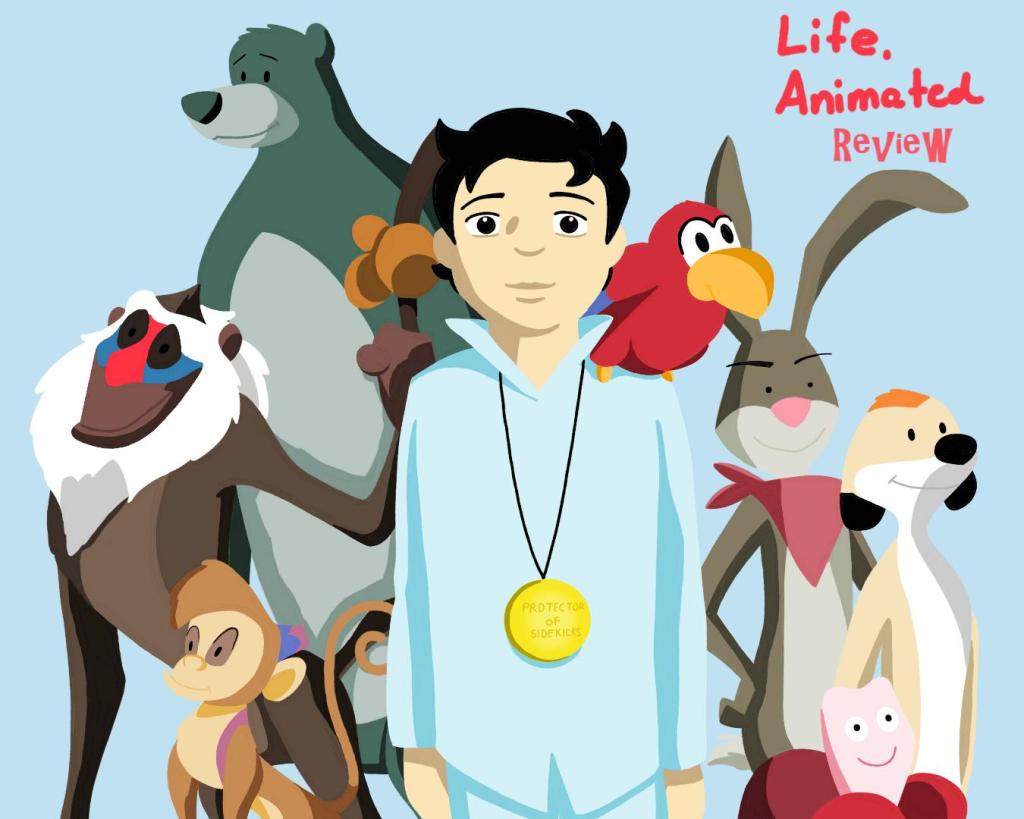
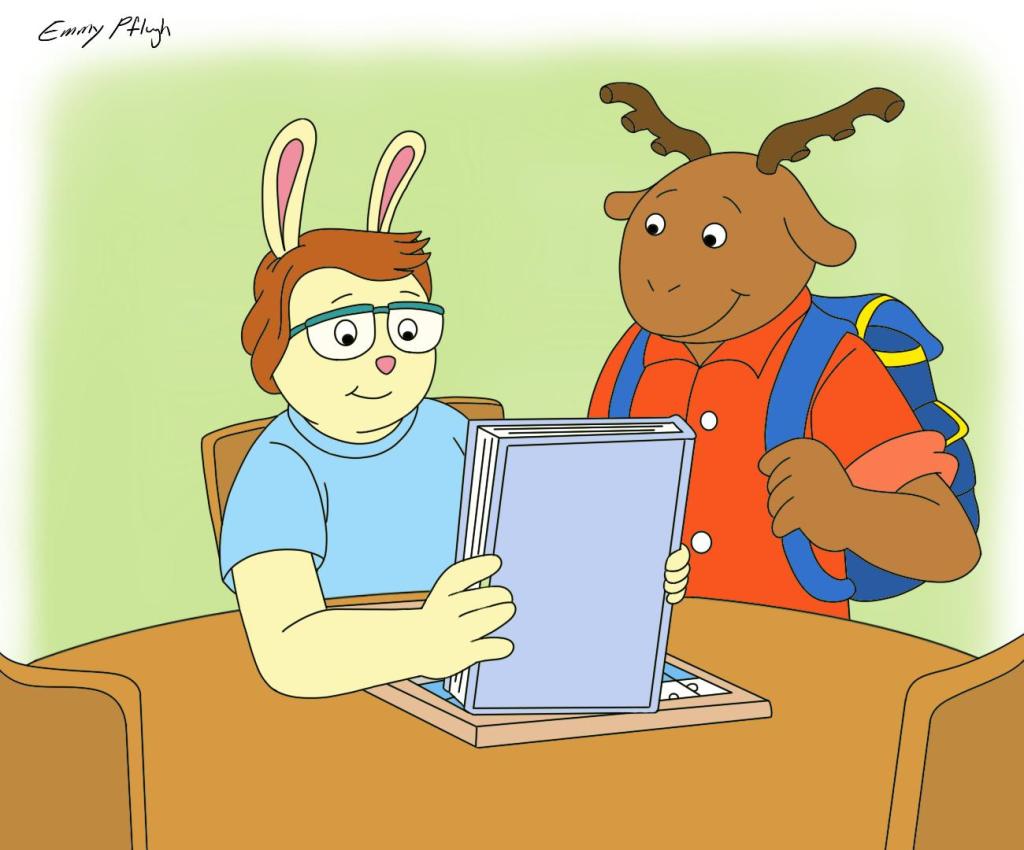
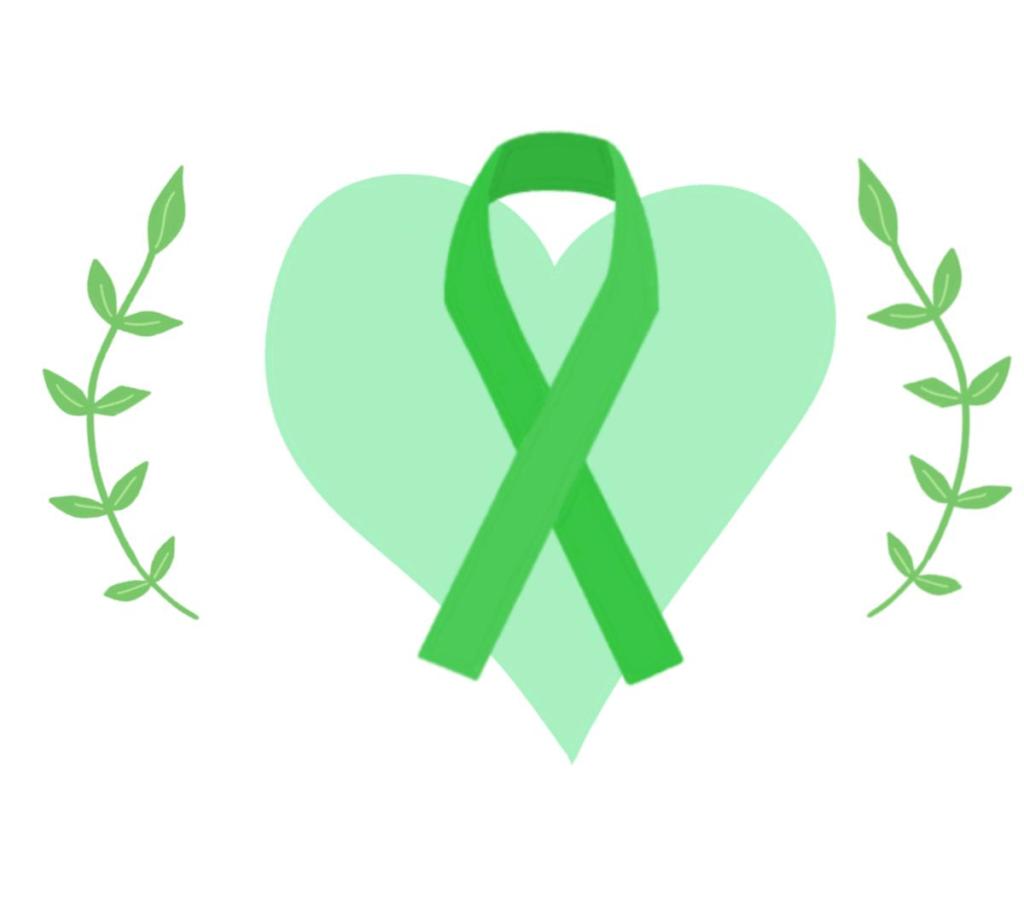
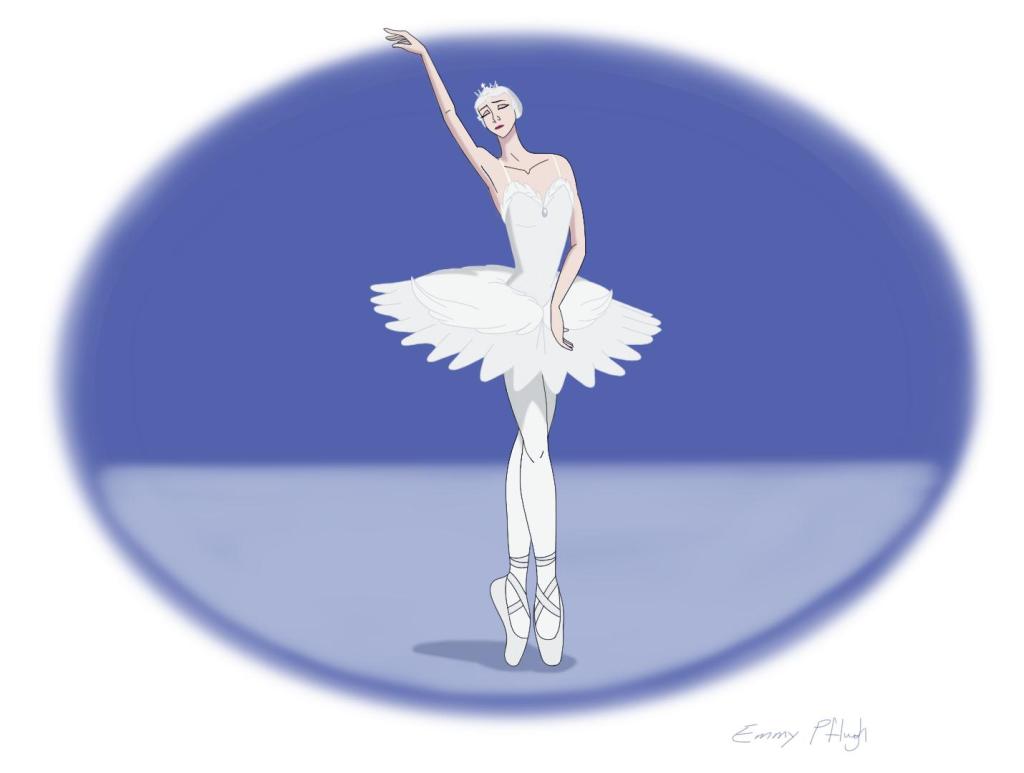
Leave a comment